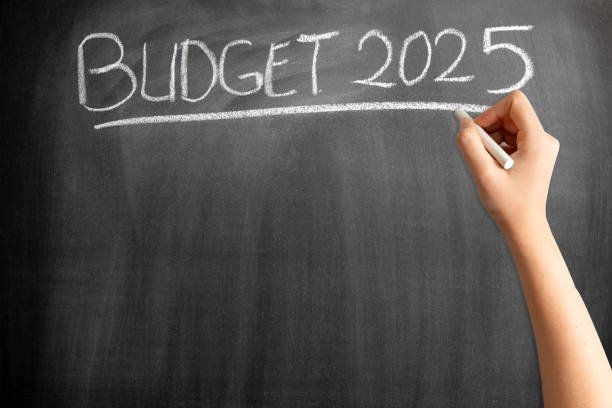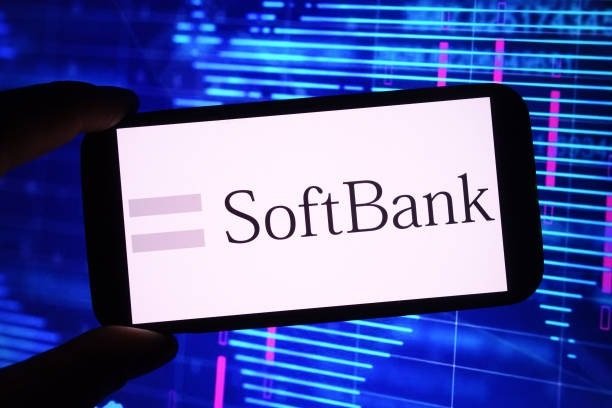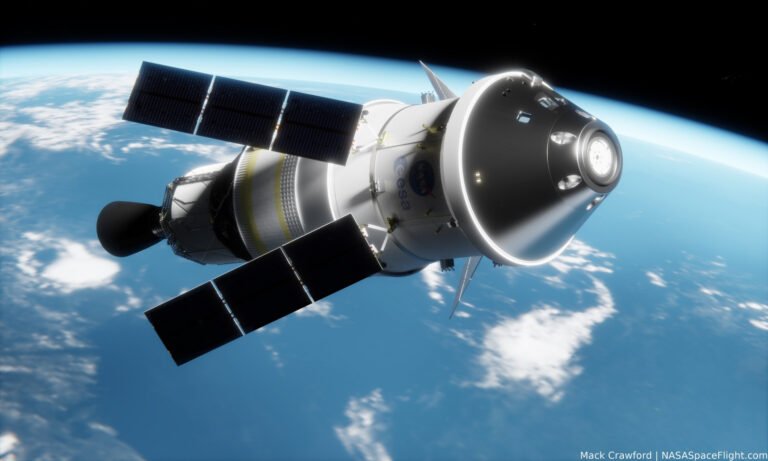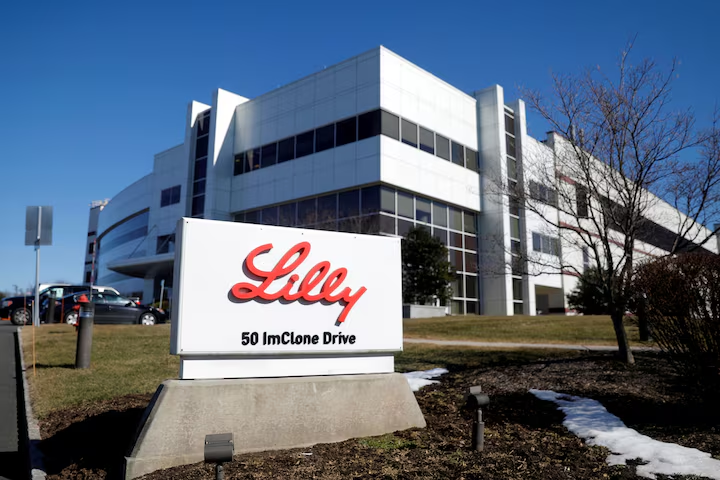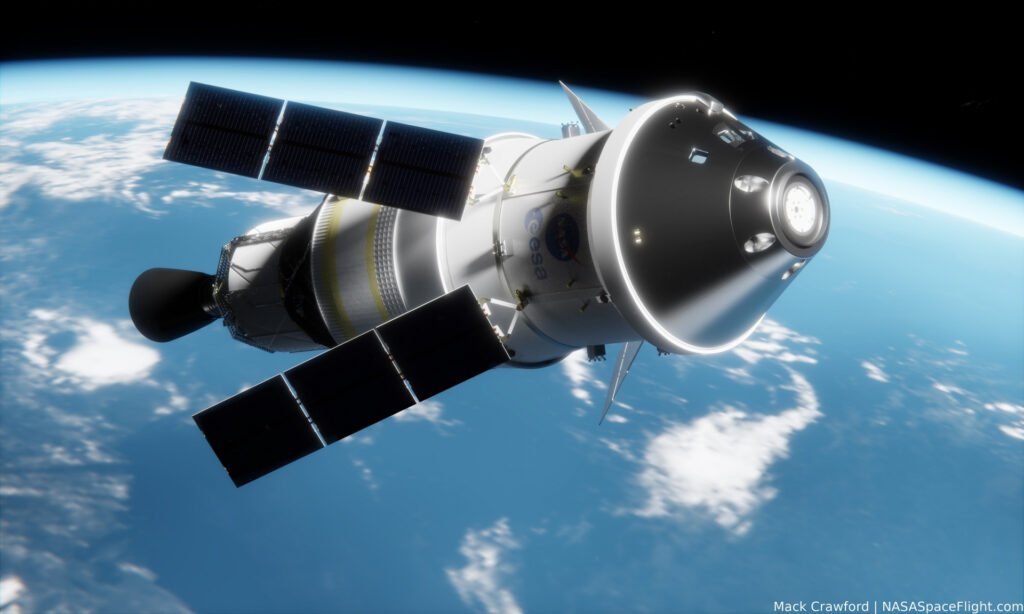Pakistan’s education system faces monumental challenges, with millions of children out of school and persistent issues in quality and access. The recently announced Pakistan Education Budget 2025-26 aims to tackle some of these long-standing problems, proposing a significant increase in allocation. While the government hails it as historic, a closer look reveals both promising advancements and critical areas where the nation still falls short of global standards.
The Big Picture: Increased Allocation, Yet Room for Growth
For the fiscal year 2025-26, Pakistan has earmarked a total of Rs. 1.02 trillion (approximately $3.6 billion) for education. This marks a substantial 21% increase from the Rs. 844 billion allocated in 2024-25. Consequently, the percentage of GDP dedicated to education has risen from 1.7% to 2.1%. This is undoubtedly a positive step.
However, critics are quick to point out that this figure still lags significantly behind UNESCO’s recommended 4% of GDP for education. Regional peers like India (3.1%) and Bangladesh (2.8%) also outspend Pakistan proportionally. This highlights a persistent gap in financial commitment despite the recent surge.
The budget allocation is split between federal and provincial governments. The federal government will manage Rs. 180 billion, primarily for higher education and crucial curriculum reforms, while provincial governments will receive Rs. 840 billion to address grassroots needs like school infrastructure, teacher salaries, and local initiatives.
Key Focus Areas: What’s Getting the Boost?
Pakistan education budget pinpoints several critical areas for enhanced investment:
- Primary Education Expansion: A major goal is to enroll an additional 3 million out-of-school children, a staggering statistic given Pakistan’s 22.8 million children currently out of school—the second highest globally. This includes constructing 5,000 new primary schools, particularly in underserved rural areas of Sindh, Balochistan, and Khyber Pakhtunkhwa (KPK). An allocation of Rs. 45 billion is also designated for upgrading basic facilities like toilets, clean water, and electricity in existing government schools.
- Higher Education Empowerment: The Higher Education Commission (HEC) sees its funding rise to Rs. 150 billion. This boost targets 10,000 new scholarships for STEM fields, increased research grants, and vital faculty development programs to enhance the quality of higher education institutions.
- Digital & Tech Education Push: With a Rs. 60 billion allocation, this sector is set for a significant transformation, reflecting a 100% increase from the previous year. Initiatives include distributing 500,000 tablets to students in remote areas, converting 5,000 schools into “smart classrooms,” and fostering partnerships with tech firms for coding and AI programs. This “Digital Pakistan” push aims to integrate technology seamlessly into the learning process.
- Teacher Welfare & Training: Recognizing the pivotal role of educators, the budget allocates a 60% increase in funds for teacher training programs. Public-school teachers are also set to receive a much-needed 10-15% salary hike, a direct response to past protests over low wages.
- Girls’ Education & Gender Parity: A significant Rs. 35 billion is allocated for girls’ stipends, especially in Balochistan and KPK, alongside plans to build 1,000 new girls’ schools in conservative regions. This aims to bridge the gender gap in education.
Debate on Pakistan Education Budget
Despite the positive movements, the budget faces its share of controversies and criticisms:
- Madrassa Reforms: A Rs. 20 billion allocation to integrate religious schools (madrassas) into the mainstream education system has sparked protests from religious parties, who view it as interference.
- “Westernized Curriculum” Backlash: Initiatives like girls’ education boosts have faced opposition from some conservative groups concerned about the perceived introduction of a “Westernized curriculum.”
- Implementation Hurdles: Past budgets have seen up to 30% of funds lapse due to corruption, bureaucracy, and mismanagement, as highlighted by PIDE reports. Concerns about “ghost schools” and teacher absenteeism persist.
- Private vs. Public Divide: The stark contrast between elite private schools receiving tax breaks and public schools lacking basic amenities like electricity continues to draw criticism, exacerbating the divide in educational opportunities.
- IMF Pressure: While not a direct diversion, the government’s pursuit of fiscal deficit targets as per IMF reviews has raised concerns among some observers about potential impacts on social sector spending in the broader budget.
Federal Development Spending: A Closer Look
Digging deeper into the federal Public Sector Development Programme (PSDP) for education, the HEC receives Rs. 39.49 billion for 128 ongoing and 12 new schemes. The Federal Ministry of Education and Professional Training gets Rs. 42.59 billion for its projects, including new robotics labs and vocational centers. This brings the total federal education PSDP to Rs. 82.08 billion, focusing on key development areas and aligning with the “Skills for All” policy.
Conclusion: A Step Forward, But the Journey Continues
The Pakistan Education Budget 2025-26 represents a commendable increase in financial commitment, demonstrating a clear focus on digital integration, primary education, and teacher welfare. These are crucial steps toward addressing the nation’s educational crisis. However, the path to a fully literate and educated populace remains long. The real test lies in transparent, efficient implementation, addressing systemic corruption, and ensuring that every allocated rupee translates into tangible improvements for every child across Pakistan.
For more news and updates, please visit PFM Today.

